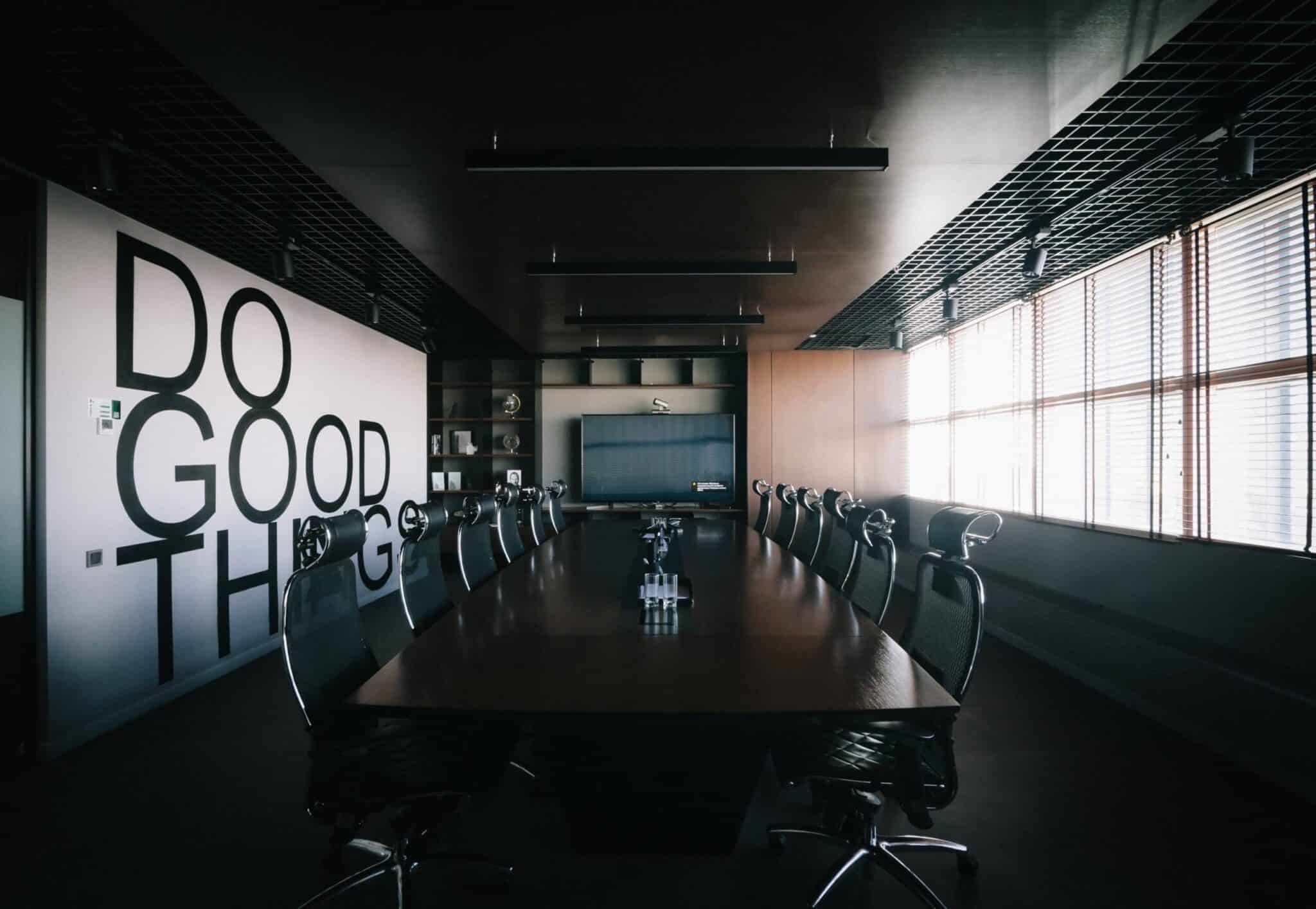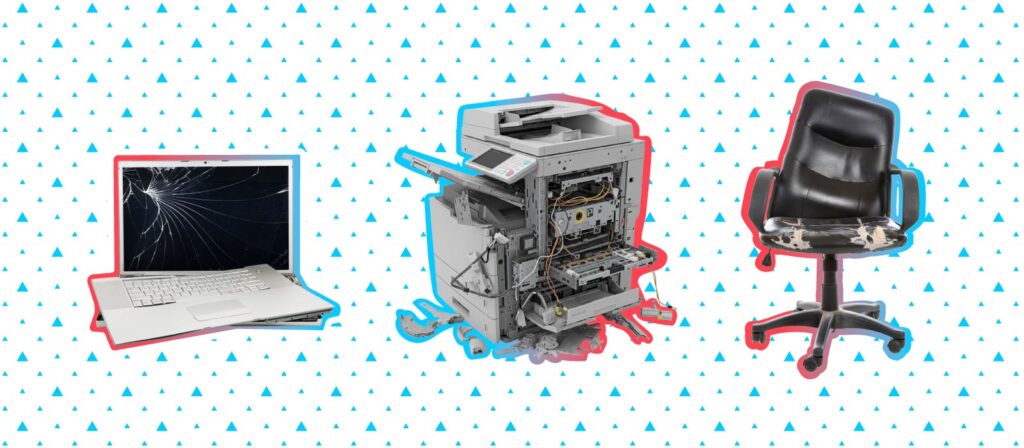The impact of COVID-19 on the workforce was substantial. Companies of varying industries have seen what’s possible to achieve with hybrid work and a flexible workplace. As a result, it’s highly unlikely that things will revert to the way they were before the pandemic.
In this article, we’re sharing how facility managers can prepare their employees and office for the new dynamic workplace.
What is a dynamic workplace?
Dynamic workplaces include furniture and collaborative spaces that FMs can easily reconfigure to meet the company’s current needs. But what makes a workplace truly dynamic (unlike a traditional office) is the technology and tools that power it.
Using technology to create a dynamic workplace that fits your company’s unique needs and nuances will empower your employees. It will also set you up for long-term success after COVID-19. Technology that can work with your company’s needs will help you build a functioning work environment and solid company culture for all employees.
Dynamic work can handle the ebbs and flows of the current state of the world. This workplace model is flexible to accommodate specific precautions without compromising on productivity.
A dynamic workplace ensures employees are safe and healthy while getting their work done in the office environment they feel most comfortable. Plus, the chances of a flexible workplace model like this is here to stay are high. Especially due to the workplace experience and desired work-life balance.
According to research by McKinsey & Company, around 34% of respondents from the IT industry said they expect to have at least one-tenth of their workforce working remotely for at least two days a week after COVID-19, compared to 22% before the pandemic.

What makes a dynamic workplace different from an open office plan?
Open-plan offices and associated layouts were built with the intent that employees would be present in the office for the majority of their week—five days. They include collaborative spaces for work and employee relationship-building, spaces for focused, solo work, and more. This type of workspace is a place where employees can do their best work. And also one where they’d want to spend their time.
On the other hand, dynamic workplaces are designed with flexibility at the forefront. They have the intent of their dynamic workforce employees rotating and give companies more freedom and mobility. This type of workplace model considers that not all employees may feel comfortable working in the dynamic office during a pandemic, and not all employees may need to work in the office after the pandemic as well.
The dynamic workplace model is experimental for many companies, especially those who aren’t familiar with remote working. Going forward, it will likely be a workforce model that remains for a long time.
What are the benefits of a dynamic workplace?
Aside from being a necessary evolution of the workplace during COVID-19, there are many benefits of shifting to a dynamic workplace. These benefits can far outlast the duration of the pandemic.
Let’s look at some of those benefits in more detail.
Increased productivity
The pandemic has brought various stressors into people’s lives, one of the biggest being how to get work done effectively. A dynamic workplace offers employees a way to work on their terms.
If someone is more productive in the office than at home, they have the opportunity to do so—without worrying about their safety or the safety of fellow employees.
OfficeSpace makes it easy for teams to book desks in-office before setting foot inside. Using our room and desk booking tools, employees can see what desks are available in the office and reserve one of their choosing. This gives employees comfort knowing they have a reserved, sanitized desk to work at once they arrive at the office.
Plus, tools like room and desk booking makes managing building occupancy and cleaning much easier for facility managers.

Enhanced connectivity
Connectivity and productivity go hand-in-hand. If employees connect with each other, they’ll be more productive. Research from Gallup found that employee engagement is on the rise and was at 34% as of 2018. This increase is primarily attributed to employee satisfaction and an improvement in the employee experience.
Because a dynamic workplace involves technology designed to improve communication and productivity, the goal is to help employees feel connected to each other and their role no matter where they’re working. This can also help with employee retention.
OfficeSpace integrates with tools your team is already using—like Slack and Teams—so you can help your employees feel more connected without having to introduce an array of new software.

Improved health and safety precautions
Productivity or connectivity doesn’t mean a lot unless employees feel healthy and safe—both at work and at home. COVID-19 has challenged company leaders and facility managers to take the necessary precautions to keep employees safe from the virus, not just today, but as things evolve.
One of the core principles of a dynamic workplace is the health and safety of all. By offering employees this flexible work model, companies can mitigate the virus’s spread and keep the office as safe as possible. You cannot have a dynamic workplace without safety at the forefront.
Facility managers who use a tool like OfficeSpace will have access to tools that streamline better office operations and assist in screening for COVID-19 symptoms to stop the spread of the virus. For example, Safeguard, a COVID-19 symptom screening tool, is built into all OfficeSpace plans, so you never have to worry about anything falling through the cracks.

A workplace to withstand anything
The workplace is continuing to evolve as the circumstances of COVID-19 change rapidly. Designing a new workplace model that enables employees to feel productive, connect with employees, and safe is critical. Facility managers need to continue to be forward-thinking and consider all angles when planning for the future of their workplace.
However, planning for a dynamic workplace may seem overwhelming for facility managers. There’s a lot to consider when thinking about the future of work, especially if your company considers adding new technology into the mix. Rest assured, there are several resources and tools available to help make planning and implementing a dynamic workplace plan seamless.
Read part two of Planning for the Dynamic Workplace.
Want to learn more about how OfficeSpace is empowering facility managers to create safer workplaces? Check out our COVID-19 management tools.
Photos: Matthew Henry, Edmond Dantès, Maxim Ilyahov, Anna Shvets, Damir Kopezhanov





